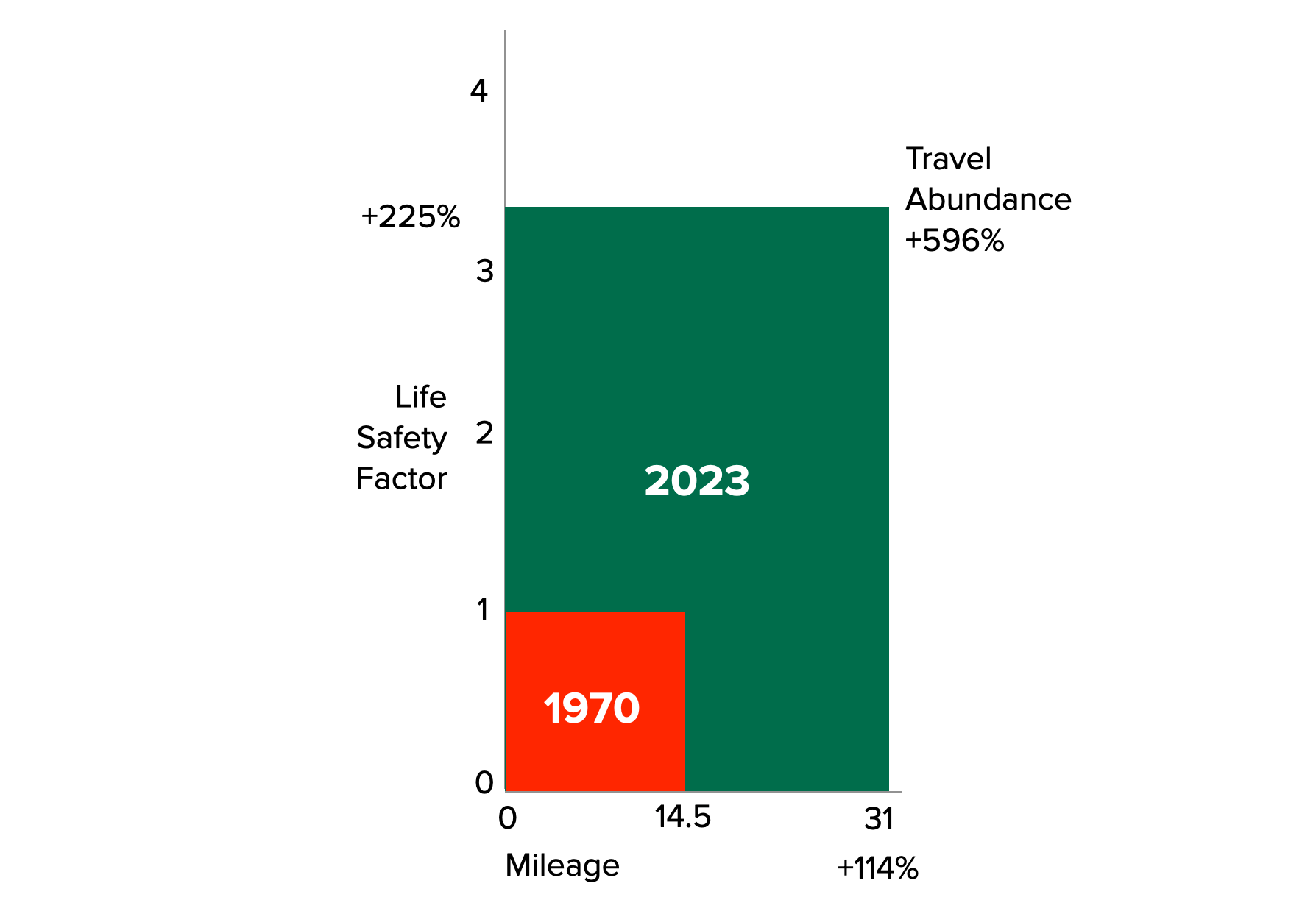“I would give the greatest sunset in the world for one sight of New York’s skyline.”
—Ayn Rand, The Fountainhead
The story of how the Empire State Building came to dominate Manhattan’s skyline—defeating 40 Wall Street and the Chrysler Building for the title of the tallest building in the world—is an illustration of the power of competition and innovation.
In 1929, the successful businessman George Ohrstrom hired architect H. Craig Severance to design 40 Wall Street. Severance was a well-known architect in New York City and together with William van Alen had built amazing constructions, such as the Bainbridge Building on W. 57th Street and the Prudence Building at 331 Madison Avenue. Van Alen was an innovator and a revolutionary who often challenged the classical and Renaissance styles that had influenced most American cities since the beginning of the 20th century. He often ran into problems with clients who rejected his modern styles. Severance, worried about losing clients, decided that he no longer needed Van Alen’s partnership, and they ended their business relationship in 1924. In 1929, Walter Chrysler hired Van Alen to design a monument to his name, the Chrysler Building.
Competition Incentivized Innovation
In April 1929, Severance learned that his former partner was designing a structure of 809 feet. Ohrstrom and Severance, worried about falling behind, announced that they would add two additional floors to their original design so that 40 Wall Street would end up with a total height of 840 feet. That same year, Empire State Inc., led by former General Motors executive John Jakob Raskob, entered the race—putting pressure on Severance and Van Alen. To keep pace with the other two projects, architectural firm Shreve, Lamb & Harmon and builders Starrett Brothers & Eken accelerated the construction process. According to architectural historian Carol Willis, the framework of the Empire State Building rose four and a half stories per week due to an A-team design approach in which architects, builders, and engineers collaborated closely with each other.
Troubled by both Severance and the Empire State project, Van Alen designed the famous chrome-steel art deco crown for the top of the Chrysler Building and a sphere to stand on top of the crown. The sphere was built inside the crown, hidden from the public, and it was never announced to the press or explicitly mentioned. On the other hand, Severance modified his design one more time and asked permission to add a lantern and a flagpole at the top of the tower, increasing the height by 50 feet. Severance planned to have 40 Wall Street reach the 900-foot mark to secure its place as the tallest building in the world.
On October 23, 1929, the sphere of the Chrysler Building was lifted from the inside of the crown, reaching 1,046 feet and surpassing the final height of 927 feet of 40 Wall Street. The crash of Wall Street on October 28 distracted the press from the trick played by Van Alen, and it was not reported immediately. When Severance found out, it was too late to change his design—40 Wall Street held the title for one month from its opening in the first week of May 1930 to the opening of the Chrysler Building on May 27. The Chrysler Building held the title for only 11 months until the Empire State Building was completed in 1931 and became the new tallest building.
Regulations Limit Us
The Empire State Building held the title of tallest building in the world for 40 years, and it was built in only one year and 45 days. Bryan Caplan, professor of economics at George Mason University, believes that excessive restrictions slow construction today. Regulations such as height restrictions prevent cities from going up. Humanity now has better technology than in the time of New York’s race to the sky, but getting permits to build upward is extremely difficult. Excessive restrictions also generate artificial scarcity, which is slowing the growth of cities and making it difficult (and expensive) to live in them. Cities could grow upward, but regulations limit their growth.
However, we continue to see competition in many industries; technology companies fighting for the dominance of artificial intelligence are creating better and more efficient tools. The race between SpaceX, Blue Origin, and Virgin Galactic is improving the development of innovative technologies. Soon we might even have commercial flights to the moon. History has shown that when brilliant minds have freedom to compete, humanity moves forward.





